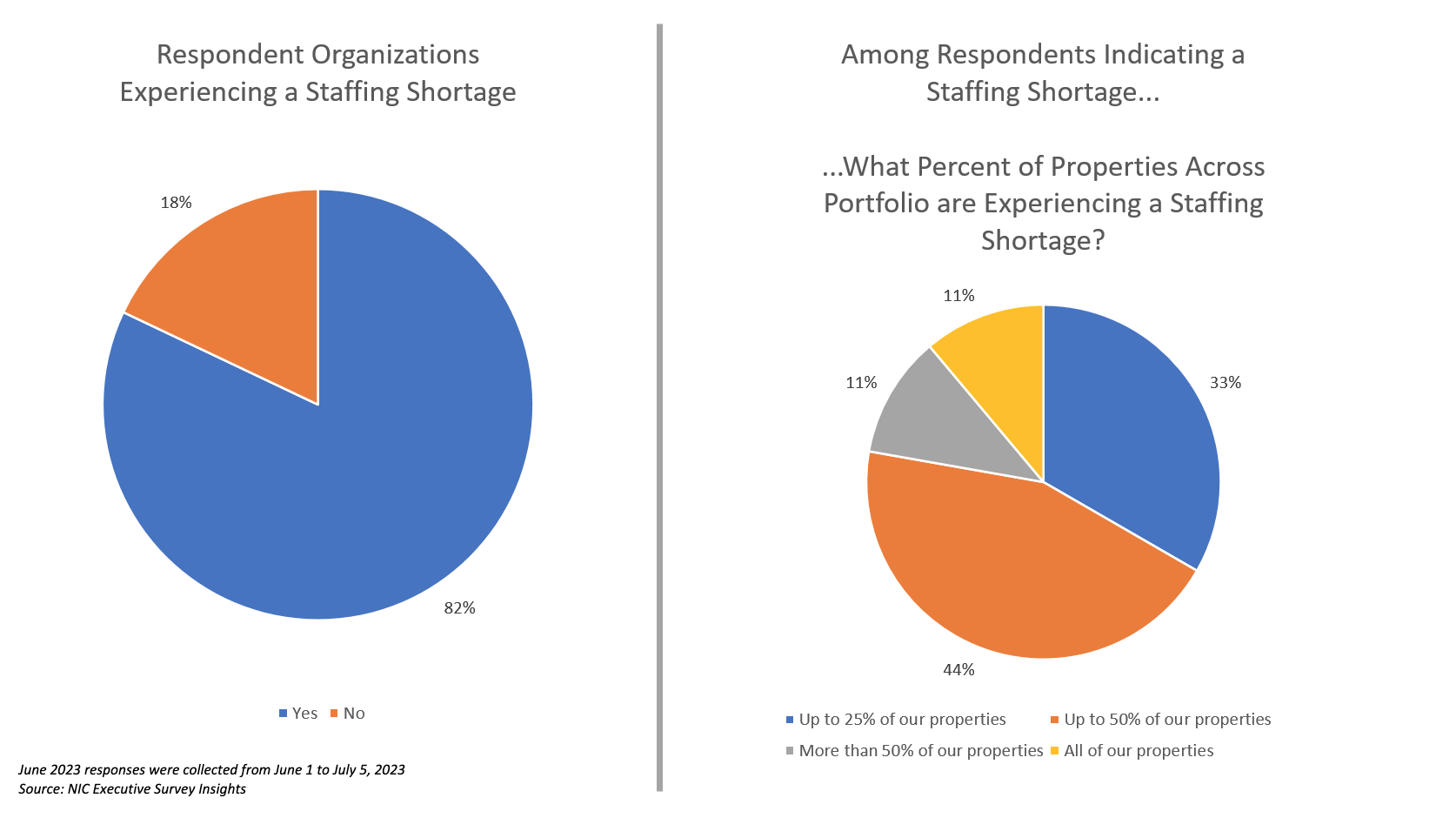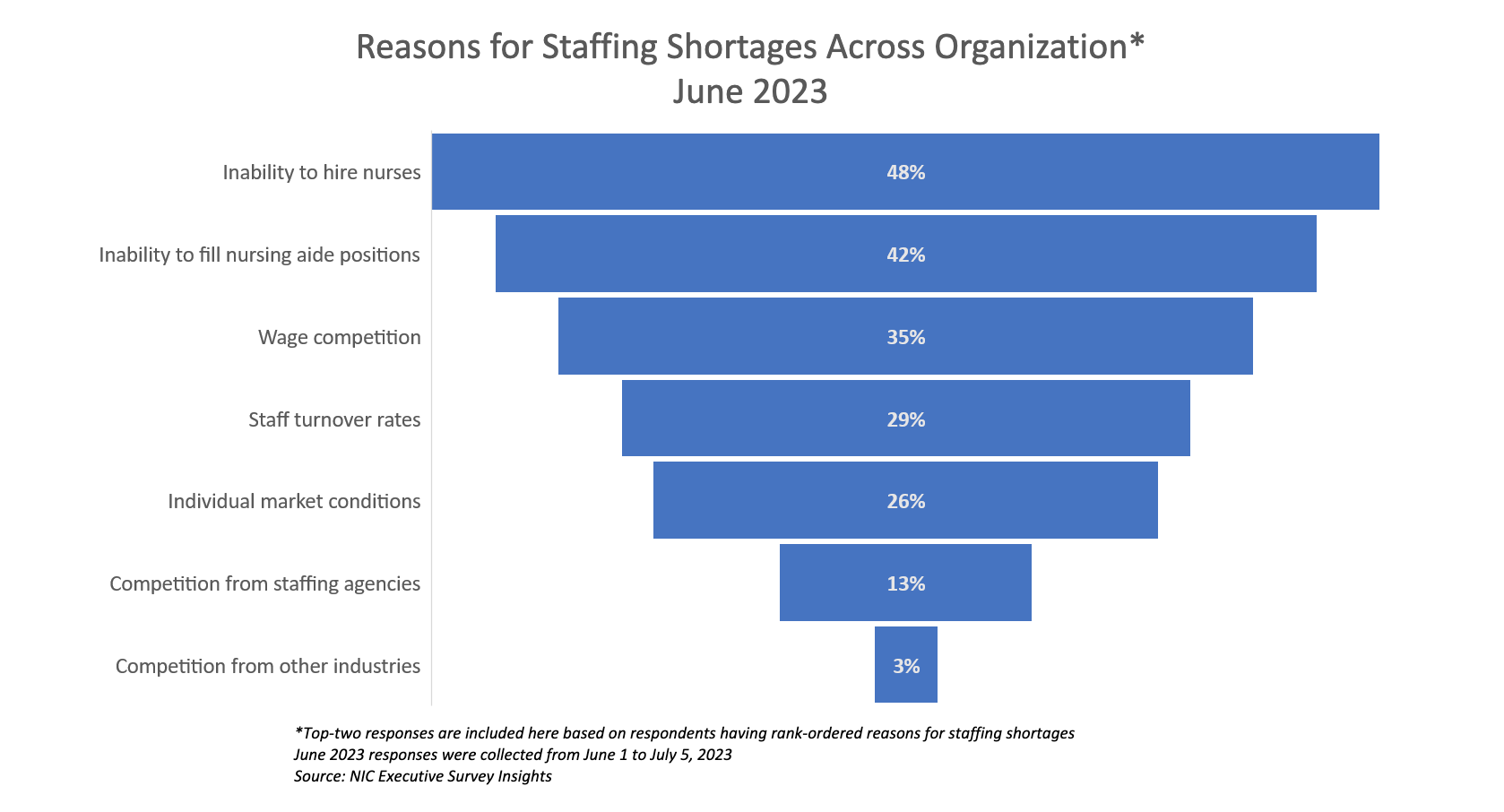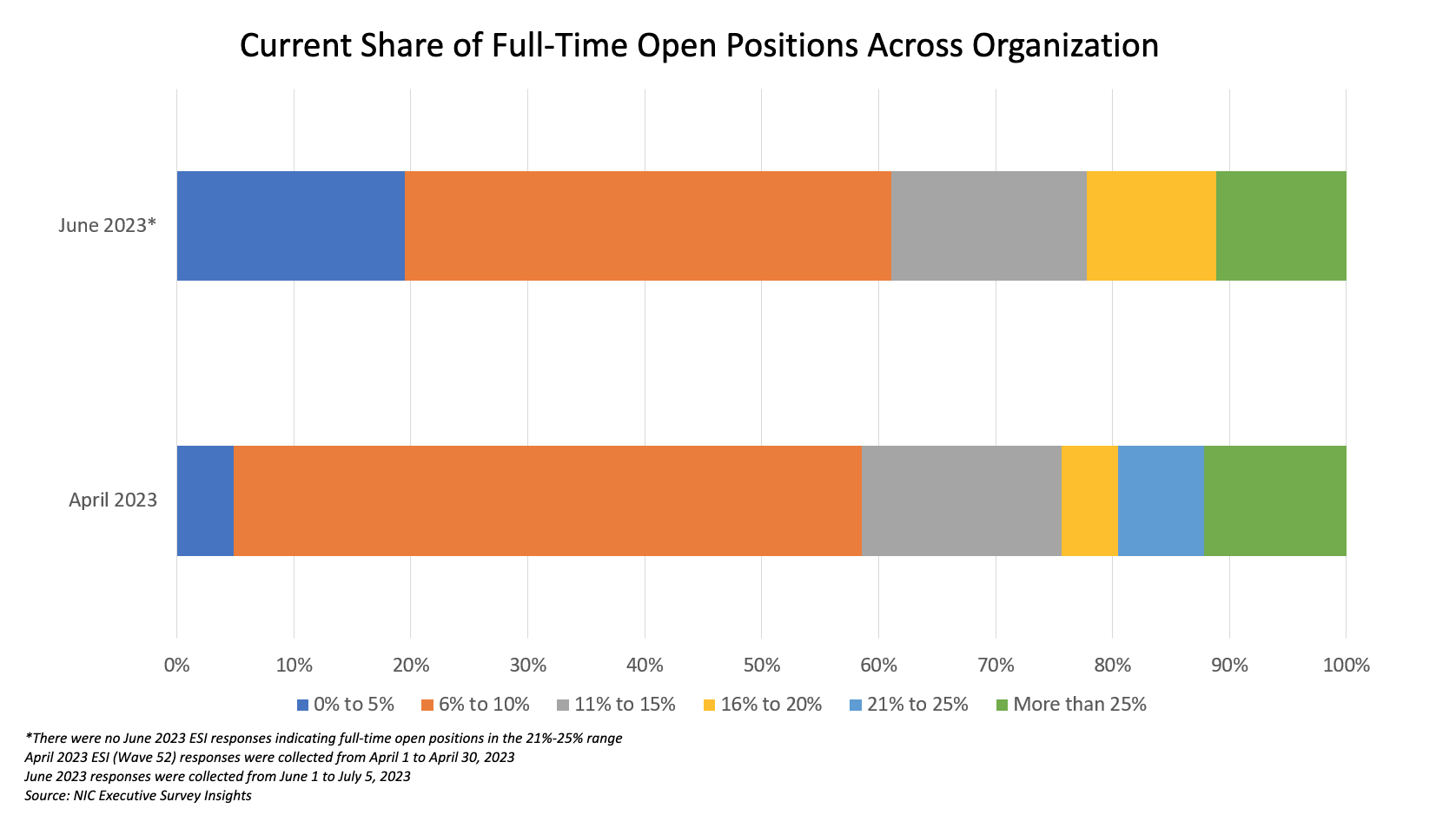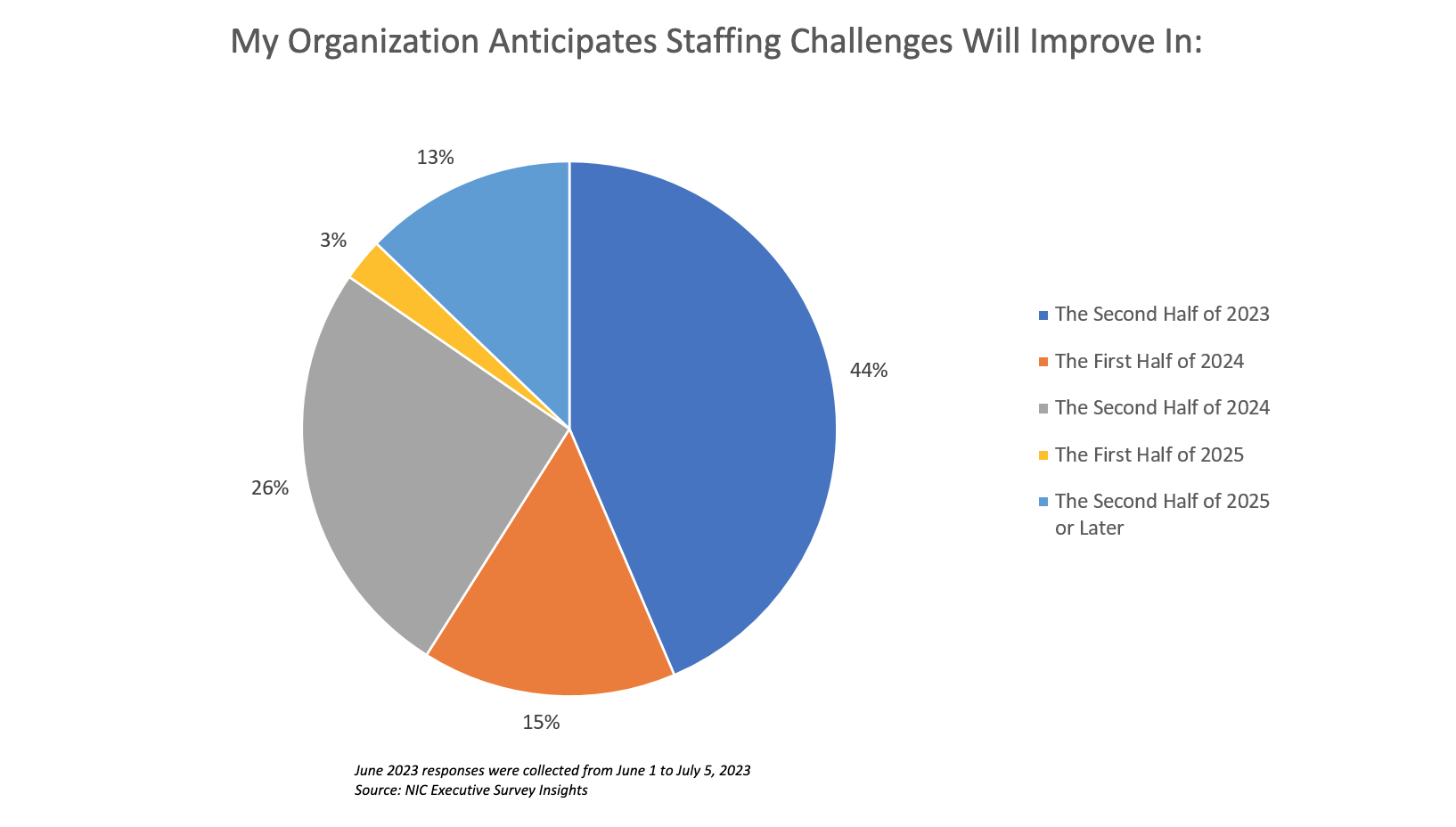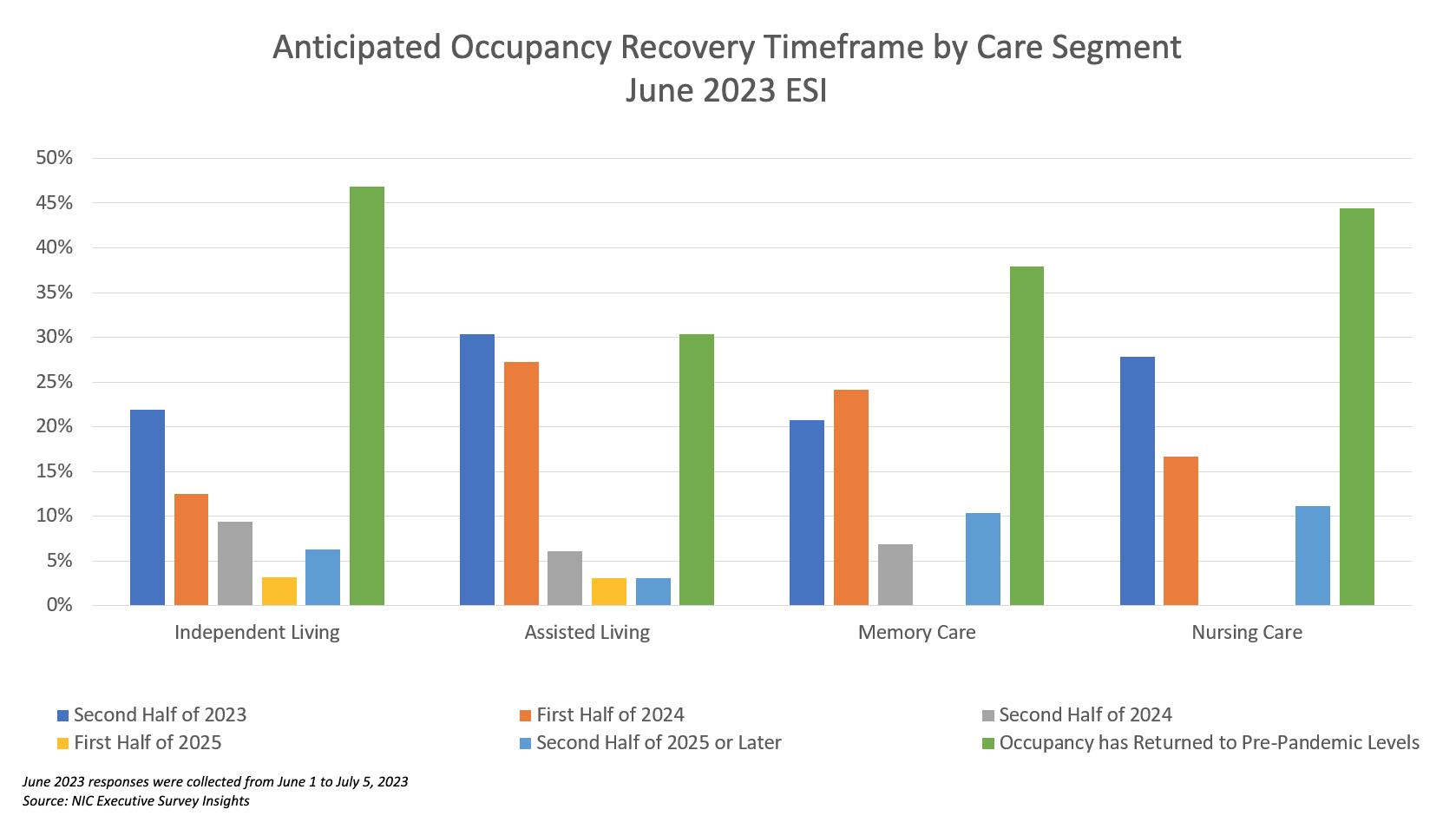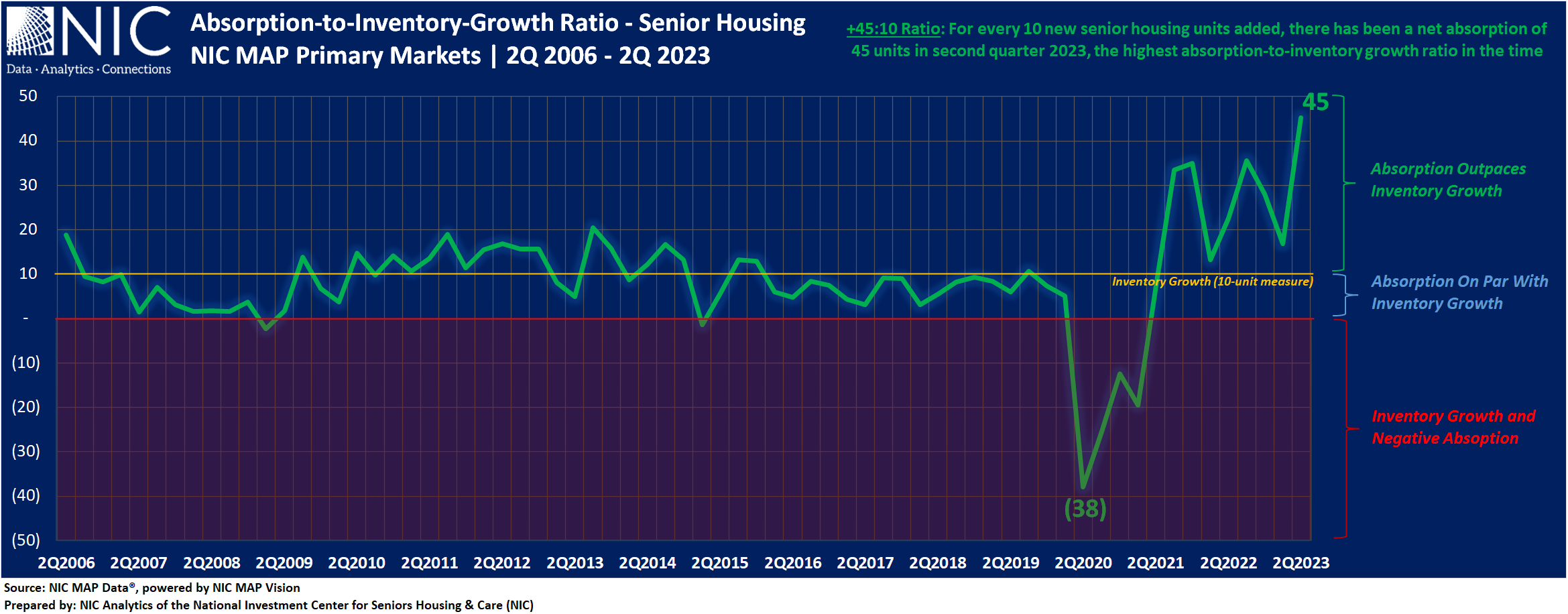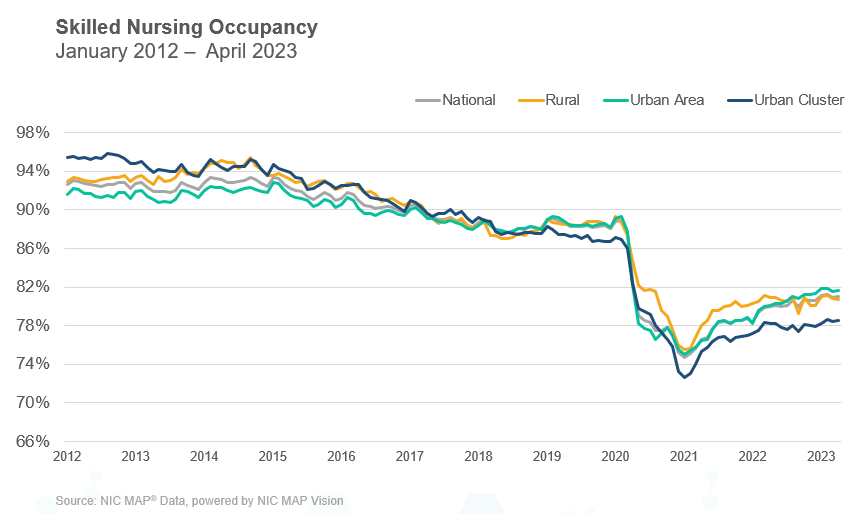 Data is more prevalent than ever, but are you confident that you know which data to focus on and how to pull insights from the data to make the best business decisions? If not, I encourage you to join me and other peers at the NIC Data & Analytics Conference.
Data is more prevalent than ever, but are you confident that you know which data to focus on and how to pull insights from the data to make the best business decisions? If not, I encourage you to join me and other peers at the NIC Data & Analytics Conference.
In this blog, we will venture beyond the numbers to the heart of the matter—the invaluable role that data and analytics plays in illuminating the path for senior housing and care professionals, guiding them from uncertainty to informed decision-making, and ultimately, to exceptional outcomes.
Recognizing the significant changes facing the sector and the importance of understanding how to best utilize data for desired business outcomes, NIC is launching its inaugural Data & Analytics Conference. The conference, to be held on Wednesday, September 27 and Thursday, September 28 at the Minneapolis Marriott City Center, will mark the industry’s first exclusive event focused on the intersection of data and analytics with senior housing and care.
Unlocking the insights hidden within data, senior housing and care professionals equipped with analytics have the power to revolutionize care, empower residents, and drive the future of senior housing and care.
If you have come across my articles in the past, you may have noticed a common thread—a strong focus on analytics, numbers, and data-informed insights. While these topics have formed the core of my previous writings, this journey is not merely about numbers and statistics, the heart of my exploration of analytics in the senior housing and care space is driven by the desire to make a meaningful impact and contribute to shaping a better future for older adults, including my future self. My passion is fueled by the vision of promoting healthier aging, and providing individuals with choices that enrich their later years.
As a data-oriented professional, I am acutely aware of the value of collaborating with colleagues in the industry. We often find ourselves seeking best practices, shared knowledge, and applied learning from those who share our passion for data analytics.
The NIC Data & Analytics Conference offers a rare opportunity to connect with hundreds of like-minded individuals and data enthusiasts, all coming together with their own unique perspectives and approaches to analytics, whether they are operators or capital providers. It’s an environment where data and analytics questions can be answered in multiple valuable ways, fostering rich discussions and facilitating the exchange of diverse insights. Imagine being in a place where the collective wisdom of the attendees can help shape and enhance your own analytics journey, propelling you and your organization towards even greater success in the senior housing and care industry.
Bottom-up insights for senior housing and care
While typical senior housing conferences follow a top-down approach, where industry leaders share their thoughts and best practices based on broader trends, the NIC Data & Analytics Conference takes a refreshing bottom-up approach. This unique conference brings together senior housing professionals specializing in data and analytics, creating a platform where insights and trends are built from the ground up.
Attendees will have the opportunity to learn directly from professionals who are immersed in the data-driven aspects of the industry, gaining access to cutting-edge best practices and innovative strategies driven by analytics. By combining the wisdom and experience of senior housing leaders with the data-driven and outside-the-box thinking of professionals focused on analytics, the NIC Data & Analytics conference fosters the creation of powerful synergy. The result is a collaborative environment where the latest industry trends and data-driven insights converge.
Sharing best practices and drawing lessons for a better future
Throughout history, we have witnessed transformations in various industries when data-driven insights and best practices are shared and embraced: such examples include the automotive industry’s adoption of lean principles, the aviation industry’s focus on safety measures after the Tenerife airport crash, and the healthcare sector’s efforts to reduce hospital-acquired infections (HAIs) in the early 2000s, and the application of predictive analytics using big data.
- The automotive industry showcases the transformative power of sharing best practices, as Japanese automakers introduced innovative manufacturing practices that were adopted by American counterparts, leading to enhanced productivity and efficiency.
- The aviation industry serves as a testament to the transformative power of shared knowledge, as collaboration and implementation of best practices significantly improved safety measures, leading to a remarkable reduction in accidents and increased passenger trust.
- In the healthcare industry, the application of data analytics has revolutionized patient care and outcomes by using predictive analytics to identify high-risk patients for readmission.
- Additionally, the healthcare sector’s sharing of best practices in addressing hospital-acquired infections (HAIs) resulted in reduced infection rates, improved patient outcomes, and cost savings.
These historical examples serve as powerful testaments to the positive impact of sharing best practices, emphasizing the value that can be unlocked when professionals come together to exchange data insights and knowledge. By drawing upon these success stories, senior housing professionals can harness the power of analytics to drive positive change, enhance resident outcomes, and create a future where data-informed decision-making becomes the norm in senior housing and care settings.
The conference provides a dynamic learning environment through interactive sessions, workshops, and panel discussions. This collaborative environment encourages attendees to learn from one another, enabling the creation of a collective intelligence that will shape the future of senior housing and care.
At the core of this conference lies a distinguished lineup of experts who are trailblazers in the intersection of data analytics and senior housing. These professionals bring invaluable insights, experiences, and expertise to the table, making this event a must-attend. Attendees will have the unique opportunity to learn from these industry visionaries, gaining practical knowledge and insights into the latest advancements in data analytics, artificial intelligence applications, innovative technologies, and emerging data trends within the sector. The industry-specific content allows attendees to walk away with practical, actionable takeaways they can implement in their organizations.
This conference is dedicated to empowering you and your team by harnessing the full potential of data and analytics in senior housing and care, leading your organization to new heights of success and growth. We hope you will join us! Learn More.


